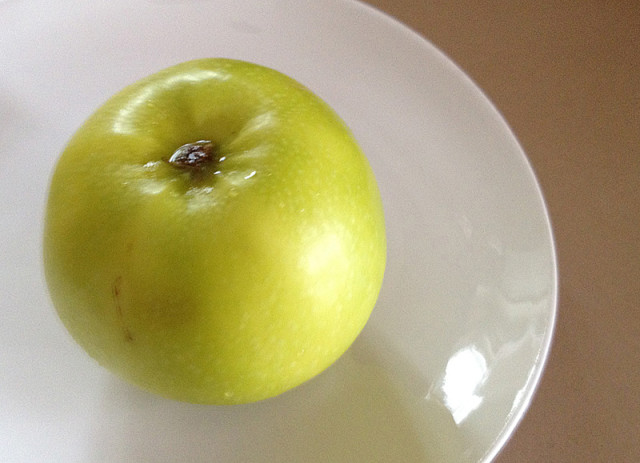 Ch. 17 (and the final chapter) of The Practice of Contemplative Photography, (paid link), by Andy Karr and Michael Wood, is simply called “Equanimity.” In this chapter, the authors emphasize that there is no specific style for contemplative photography, since we each have our own way of seeing and experiencing reality.
Ch. 17 (and the final chapter) of The Practice of Contemplative Photography, (paid link), by Andy Karr and Michael Wood, is simply called “Equanimity.” In this chapter, the authors emphasize that there is no specific style for contemplative photography, since we each have our own way of seeing and experiencing reality.
“Contemplative photography is a method for training eye and mind, not a school of photography.”
The authors have their own photographic style, which you can see at the website, Seeing Fresh. However, there are no limits as to subject matter or ways of expressing a subject. What defines an image as contemplative is whether it is based on direct perception, without a layering of conceptual perspective.
To show different styles, the authors reference several well-known photographers, widely considered as contemplative in their approach – Edward Weston (landscapes), Andre Kertesz (architectural), and Henri Cartier-Bresson (portraits).
”Seeing things as they are is also accepting them as they are, which leads to appreciating them as they are. This is the way to equanimity and a sane and meaningful life.”
Seeing freshly leads to greater appreciation of everything.
Kim – I love that thought – “seeing freshly leads to greater appreciation of everything.” What a gift that is!
Kim, I’ve read the book through and now am ready to read and do the ‘assignments’. I’ve registered at Seeing Fresh so I can post as I go.
Five weeks and I’ll be planning and packing for the Retreat.
You will be so ready!